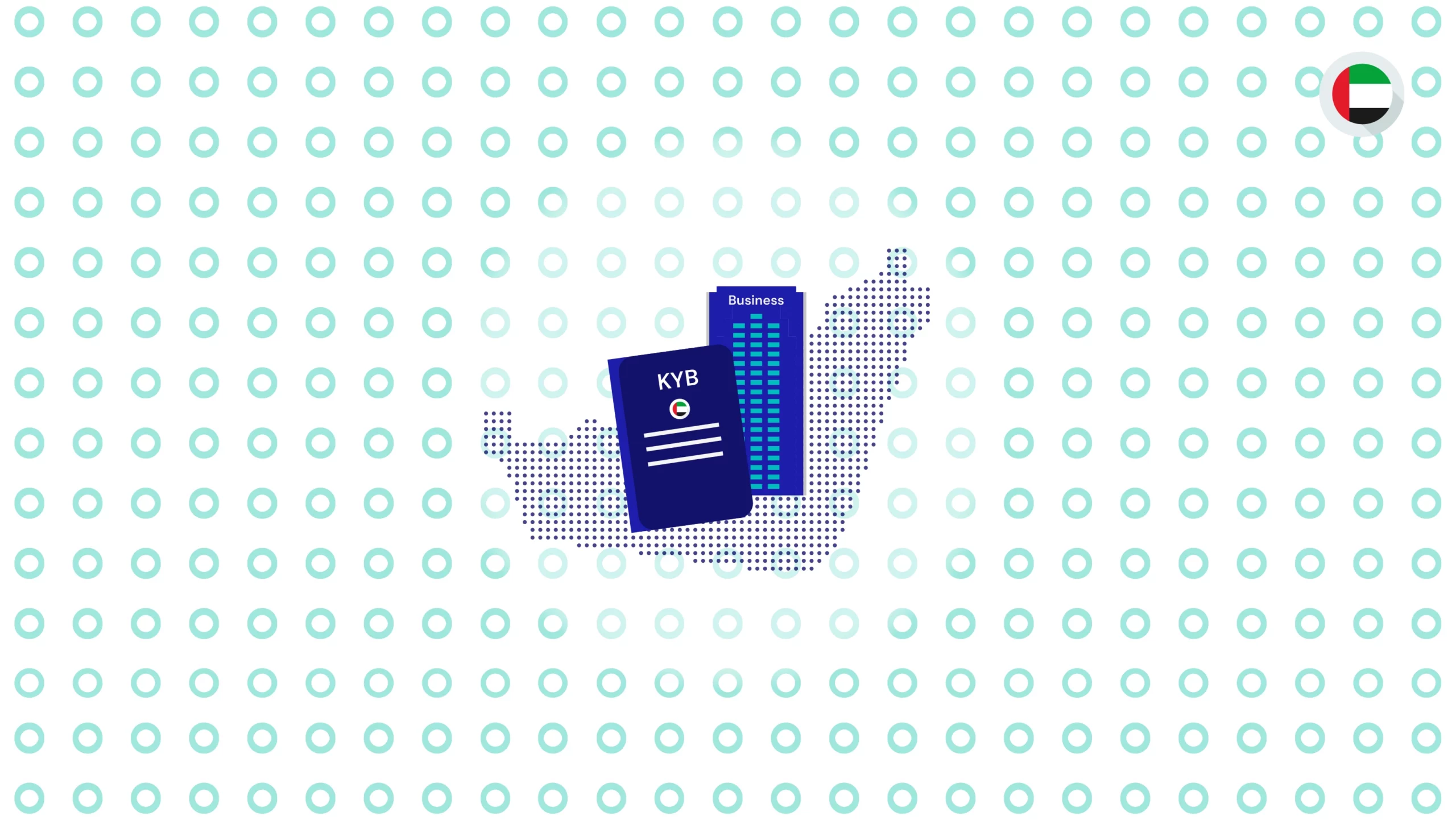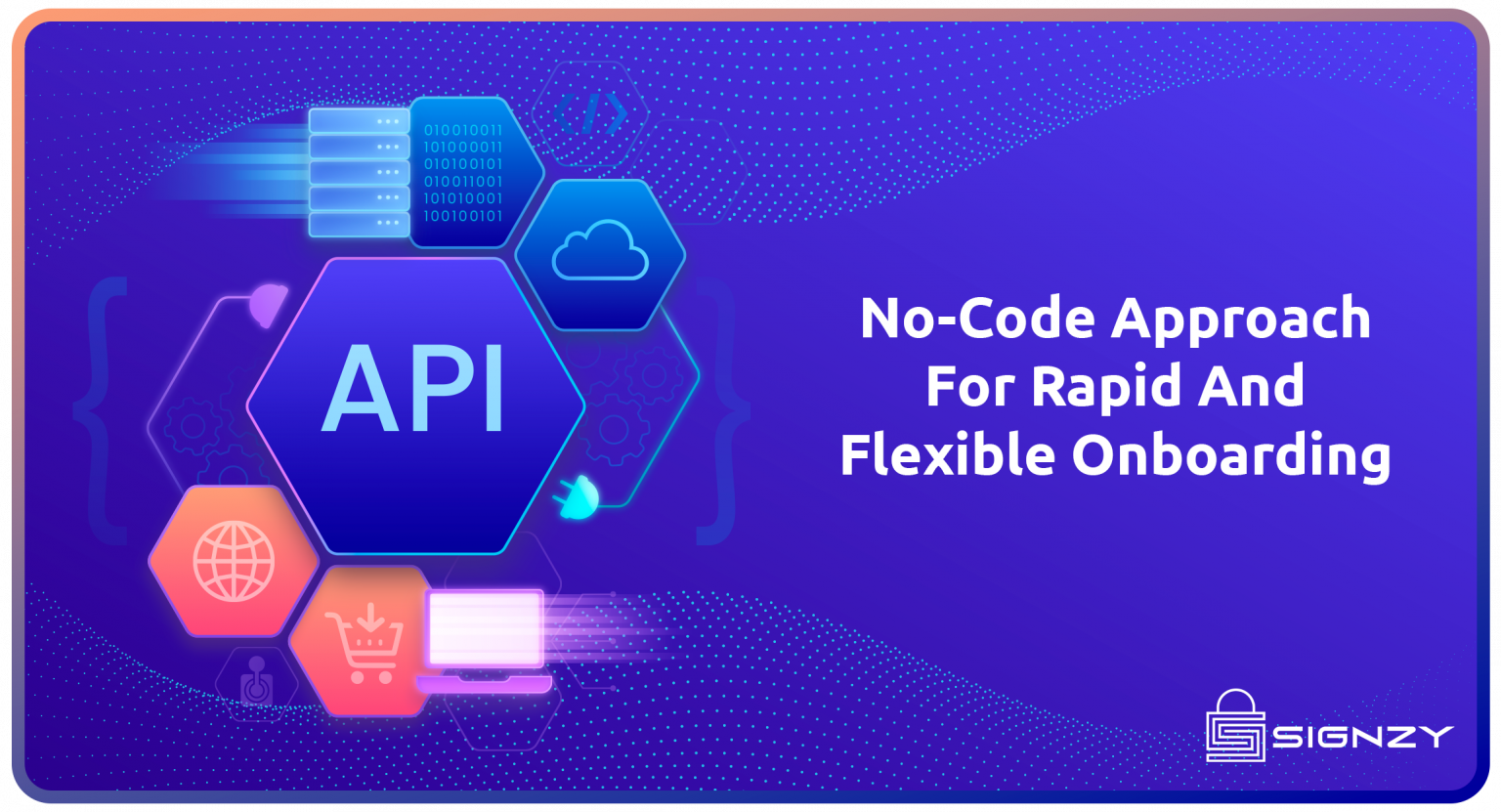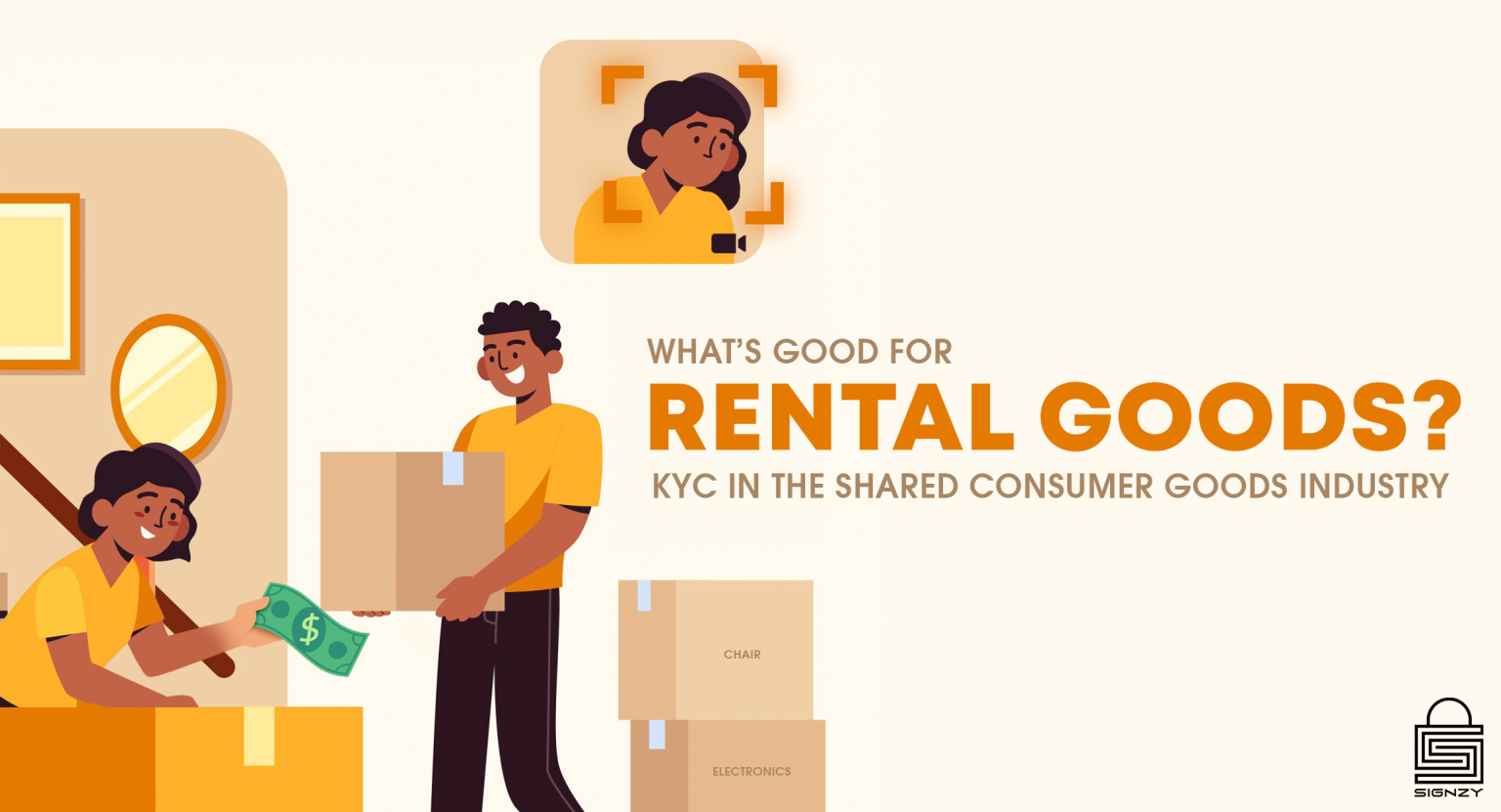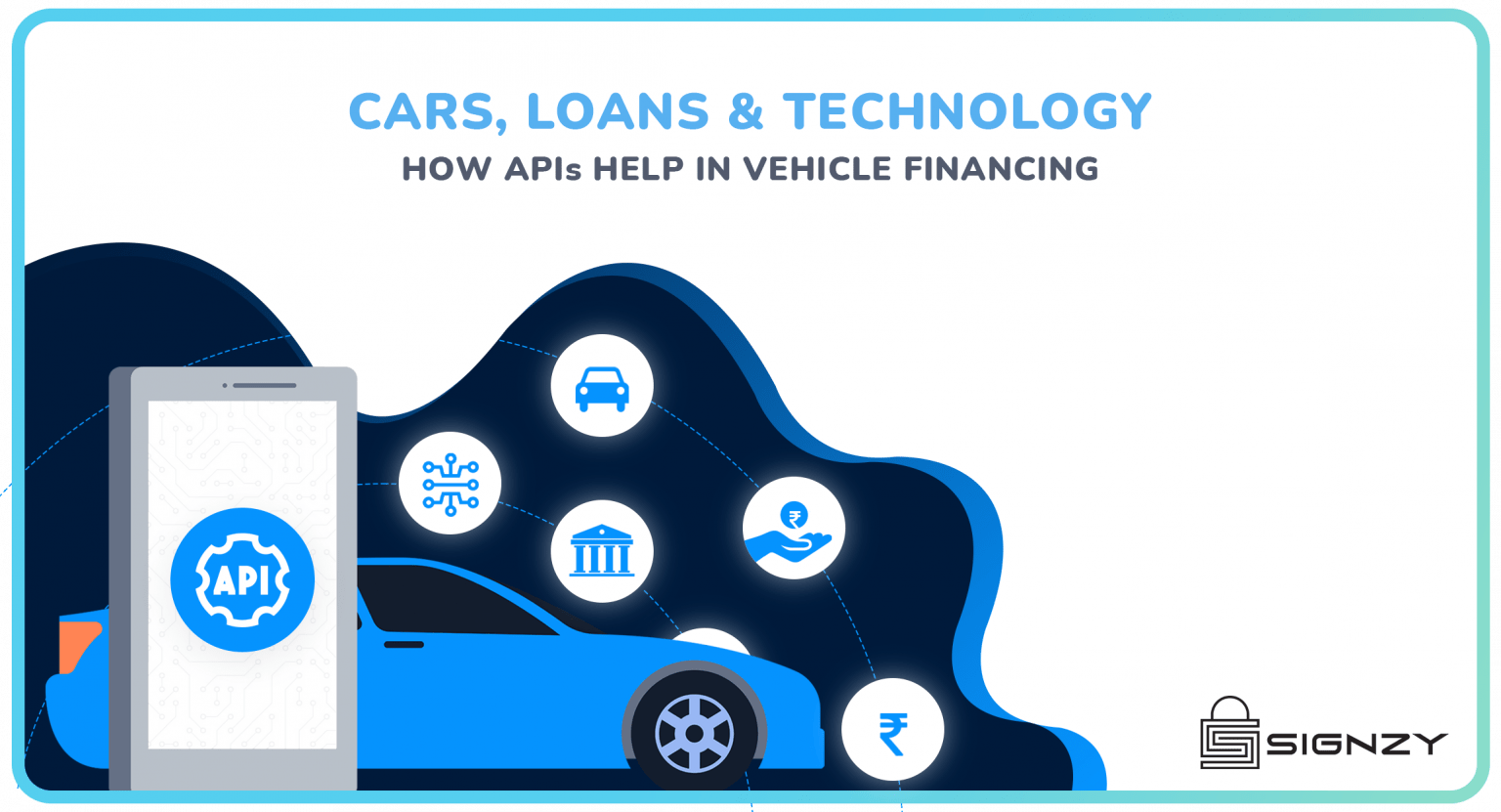Digital KYC, with its innovative approach to customer verification, is ushering in a new era for credit card onboarding. By marrying state-of-the-art technology with traditional Know Your Customer procedures, it promises a more efficient, rapid, and secure experience for both financial institutions and their customers. This transformative tool not only optimizes the application and approval processes but also bolsters trust and regulatory compliance. As we venture further into the digital age, the profound influence of Digital KYC on reshaping the credit card landscape becomes ever more apparent. Join us in exploring this remarkable shift in the financial sector.
The financial services marketplace is extremely competitive. As such, acquiring new credit card customers is never easy. The task of successful customer onboarding is often even tougher. Many documents around company credentials and financial statements need verification. The KYC onboarding process is required to meet complex regulatory requirements.
The nature of the documents required for KYC onboarding of a new credit card application can be complex. This often leads to interactions between the sales teams and the customer. Getting the correct documents to complete the KYC onboarding often causes unexpected delays. This leads to poor customer experience and a loss of revenue for the company. Another important aspect is a lack of digital automation in the KYC onboarding process. This leads to longer onboarding cycle times. The resulting delays negatively impact customer experience. The subsequent outcome is a loss of revenue for the card company. This is because customers cannot be charged until they start using their cards.
Challenges For Customer Onboarding For Credit Card Applications
An article by FintechFutures highlights the Forrester Consulting survey. It predicts that on average, clients are contacted ten times during the KYC onboarding process. The clients are asked to submit between five and up to a hundred documents. Also, it costs up to $25,000 per client, with the average cost calculated at $6,000 per new client. The following are the challenges of the current process:
The lack of structured process
KYC onboarding needs to follow different processes. This can be across departments such as credit, legal and operational. The tricky part is that every compliance officer (or compliance department) might have their own interpretation of regulations. Thus, they end up having their own process specific to their own department/entity within the bank. It also means that they will have three different interpretations of regulations/processes. Moreover, customers are likely to get confused on why they need to provide the same information at several points of the process. This information can be duplicated in nature for several different parties.
Changing regulations
In today’s world, KYC regulations are changing on a monthly or weekly basis. Hence, banks need to adapt their systems accordingly. They need time to explain to the client why new changes are happening. They must also ensure that the changes are amended in the KYC digital onboarding process. Due to endless regulations, banks need to re-visit current operations/processes. They must now rely on new technology initiatives. For ex: process reengineering, digital transformation etc to make themselves compliant.
Culture
Financial institutions always tend to have a close relationship with their clients. Underinvestment in strategic opportunities (such as KYC onboarding) is still missing. This is along with the drive to understand customers changing needs and market dynamics. McKinsey conducted a recent survey among the global executives across the world. In the report, culture accounts for 33% among the most significant barriers to digital effectiveness.
Access
With modern technology, banks are getting increasing pressure to do everything on a real-time basis. For example, a customer expects that everything needs to be available on mobile. This can help them avoid visiting the branch and accessing the app from anywhere at any point. Modern banks are still using legacy systems. This leads to a challenge in providing customers with an end-to-end digital experience. With advancements like robotic process automation (RPA), banks can easily overcome this hurdle.
Time-consuming processes
The entire process of KYC onboarding can be very time-consuming. This is due to the vast number of documents needed, multiple touch points and departments involved in the process. Also, it changes for every entity within an organization. For example, a bank has three different entities: corporate, retail and insurance businesses. These can cater to different types of businesses/customers.
Quality
As per PwC, the remediation exercise of the customer has shown that due diligence process varies from each and every entity, from country to country. Thus, the quality of the experience can vary to a very large extent within one financial services entity. So if a customer visits the same bank in Singapore and India, their KYC onboarding experience will vary. I understand a lot of processes are country specific, but that is something which needs to be addressed.
The Need For Speed In Digital Onboarding
Onboarding digital banking customers is a real pain point for banks offering credit cards. This affects user experience by a great deal. Banks heavily invest in attracting new customers. They also talk to existing clients for additional facilities. The challenge here is that with product application workflows are slow and complicated. Another factor is that a poor KYC onboarding process can seriously undermine these efforts.
- According to a Marketforce survey, onboarding a new customer takes less than 10 minutes at 32% of incumbent banks. However, it still requires more than 24 hours at 19% of financial institutions.
- Almost 39% of respondents can’t even onboard entirely on digital channels.
- An astonishing 40% of banking consumers abandon their application, according to a survey by Signicat.
- Approximately 39% give up because the process drags on too long, while 34% drop off because too much personal information is required.
This calls for an efficient, digital KYC onboarding which not only provides efficiency, but also speed. Simply taking the process online is not the only contributing factor to this. Most customers require an experience like Netflix or Uber — where efficiency as well as time coalesce.
Fighting Frauds With Digital KYC onboarding
E-commerce fraud is becoming more and more widespread and sophisticated. It is a concern for online retailers around the globe. This risk exists because it can be difficult to verify the identity of who is using the card in an online setting. Asking for the card security codes (the 3–4 digit code features on the back of credit and debit cards) is a good preventative measure. Unfortunately, it isn’t always enough.
- In a survey by Experian, 63% of US businesses reported fraudulent losses in 2018.
- Reports from Juniper Research that online retailers are set to lose an estimated $130 billion between 2018 and 2023 in digital card-not-present (CNP) fraud.
- A study by Javelin Strategy & Research in 2018 showed that CNP fraud is 81% more likely to occur than “card-present” in-store credit card fraud.
In its most general terms, credit card fraud refers to a fraudster making a transaction with an online business. This can be done through illicit means mostly by:
- Stolen credit card information
- Stolen ID
- Fake credit card details
The preferred and most convenient way to prevent this is KYC. Many banks, insurance companies, and other types of financial institutions have a KYC onboarding procedure in place. This ensures that their customers and clients are who they say they are. It also helps these institutions to get to know their customers. The companies can also verify whether clients are involved in any illegal activities. Ex: money laundering or bribery.
Implementing the KYC onboarding process stops online fraud before it can happen. It typically involves providing one or more documents to the institution that confirms their identity. These documents can include:
- Government ID
- Drivers License
- Passport
- Aadhaar Card
In addition, KYC verification compares the collected data against several AM/CFT databases. It also conducts checks for forged documents and bogus information. This makes KYC onboarding the perfect tool for combating frauds.
Make The Plastic Fantastic — Digitizing The Credit Card Application process
Competition is fierce when it comes to credit card issuing. Many of the traditional approaches to differentiation are losing effectiveness. Interest rates have evened out across cards. Large issuers continue to capture a bigger share of transactions. However smaller issuers are gaining market share in outstandings by bringing portfolios back in house and developing highly targeted customer-management campaigns.
From customer acquisition to onboarding to payments, the digital channel is becoming the most effective way to engage cardholders. It enables issuers to enhance the customer experience. It also helps set the stage for the use of big data and advanced analytics techniques. This can help improve decision making.
- McKinsey research highlights that clients are willing to engage digitally, and often start their journey via digital channels.
- More than 80% of US-based customers research credit cards online before acquisition.
- More than 25% customers get personal recommendations via social networks to keep them updated on purchase decisions.
- About 28% of credit card sales are made through digital channels, and two-thirds of the clients activate their new cards online.
Two major areas to be covered for digitizing customer experience are:
- Customer acquisition, which specifically involves converting clients from consideration to the application phase. It includes getting them through the approval process in the real-time digital surroundings.
- Customer onboarding after an application for a credit card is approved. From the customer’s point of view, the days that follow are either full of pain points or lacking in any kind of contact with the issuer that might help cement the new relationship.
Digital KYC Onboarding for Credit Card Application Process — The Game Changer
The first step in building a relationship with a new client is enhancing the application procedure to be simple, seamless, and quick. The fewer the fields to complete, the faster the application. For example, applicants can enter their demographic information via their smartphone camera. This can be used for verification through facial recognition. Some issuers have managed to cut completion times by up to a third. They have also raised completion rates by more than a quarter. In addition, an increase in digital applications by 40% is acheived by simplifying the application process.
The second step involves engaging new clients so they use their card early and often so that usage becomes a habit. For example, In India, most credit cards require holders to spend a particular denomination in the first 90 days to qualify for reward miles. An analysis by McKinsey shows that the long-term value of a client is up to 3x greater when they are engaged frequently in the first 90 days. However, many issuers assign only about a fifth of their marketing budget to this critical time period.
CoronaVirus Crisis — Issuing Credit Cards Online
From the start of the Covid-19 lockdown, loan and card issuers have come to a grinding halt. This is mainly because both require representatives to visit the applicant for paperwork. The resultant decline in business has forced lenders and card issuers to focus on digital lending.
There are plans in motion for users to issue credit cards while sitting at home, with zero paperwork. On approval, the funds will be credited directly into your bank account or the card will be sent to your address.
According to Livemint, the intermediaries, banks and other financial institutions are requesting the regulator and the government to encourage banks to use the Central KYC (CKYC) and Aadhaar-based KYC.
There are also talks of VideoKYC being used for digitizing issuance of credit cards. As per the RBI notification, when lenders are doing V-CIP, an official needs to be present on the other end for verification. The client has to furnish documents to the official over the video during the procedure. Also, it’s a real-time process that needs to be recorded and stored. Further, the online process eliminates the requirement of physical signature. The same process can be applicable for card issuance.
The New Age KYC Technology By Signzy
Signzy offers a unique AI-based electronic KYC solution called RealKYC. It is a comprehensive suite of micro-services that offers smooth onboarding of new applications for credit cards. It also offers risk management and fraud mitigation.
Signzy has also launched its unique VideoKYC solution for real-time verification. This can be done remotely. VideoKYC strictly maintains compliance with RBI and SEBI guidelines. It is a secure, hassle-free tool for onboarding.
Here are 3 major benefits that RealKYC :
- Hassle-Free Application Approval: When a new application is received for a credit card, it has to be approved by several officials. It undergoes severe scrutiny before the application moves to the back end for processing. With RealKYC, there is no need for back and forth. This is because multiple checks can be performed by officials simultaneously. This makes the process efficient and hassle-free.
- Credit Checks: Signzy’s unique set of APIs perform comprehensive credit checks against the applicant. This is done to check for worthiness, past default details and so on. which could lead to potential credit risks if the applicant is approved.
- Background Checks: Real KYC performs in-depth background checks of the credit card applicant. This may include cross-referencing the applicant against multiple AML/CFT databases, negative checks against registered court cases, etc.
- Real-Time PAN verification with VideoKYC; Signzy’s VideoKYC solution offers real-time PAN verification. This helps authenticate the originality of the document. It also conducts background credit checks against the PAN number.
- No Photocopies: With VideoKYC, just show the original ID proof and the official on call can take the snapshot as part of KYC proof.
About Signzy
Signzy is a market-leading platform redefining the speed, accuracy, and experience of how financial institutions are onboarding customers and businesses – using the digital medium. The company’s award-winning no-code GO platform delivers seamless, end-to-end, and multi-channel onboarding journeys while offering customizable workflows. In addition, it gives these players access to an aggregated marketplace of 240+ bespoke APIs that can be easily added to any workflow with simple widgets.
Signzy is enabling ten million+ end customer and business onboarding every month at a success rate of 99% while reducing the speed to market from 6 months to 3-4 weeks. It works with over 240+ FIs globally, including the 4 largest banks in India, a Top 3 acquiring Bank in the US, and has a robust global partnership with Mastercard and Microsoft. The company’s product team is based out of Bengaluru and has a strong presence in Mumbai, New York, and Dubai.
Visit www.signzy.com for more information about us.
You can reach out to our team at reachout@signzy.com
Written By:

Signzy
Written by an insightful Signzian intent on learning and sharing knowledge.














